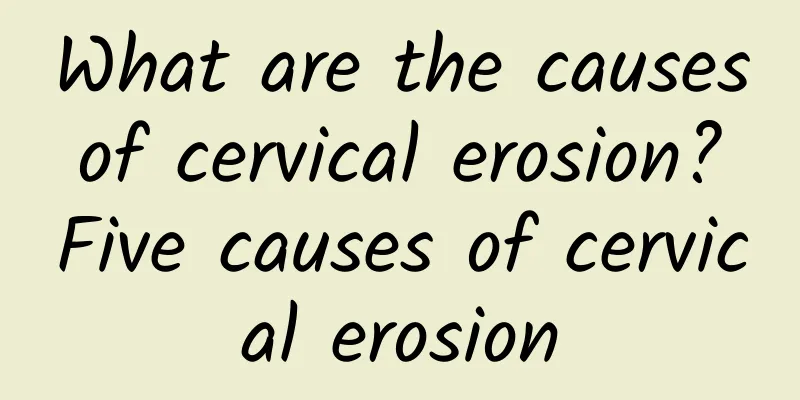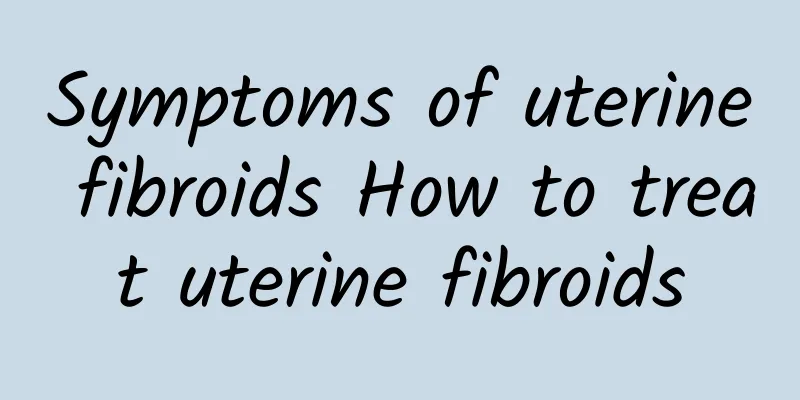Artificial abortion may damage the endometrium or affect future pregnancy

|
When a woman has her period, the functional layer of the endometrium falls off, and then the basal layer begins to proliferate and repair. If the basal layer is damaged, the endometrium loses its ability to repair. At this time, even if the ovaries function normally, there will be no menstruation. If the basal layer of the endometrium is damaged during an abortion, it is likely to cause amenorrhea. Since the uterine cavity is not covered with endometrium, adhesions may occur on the anterior and posterior walls. The clinical manifestations vary depending on the area of damage to the basal layer of the endometrium. If the basal layer is completely damaged and the anterior and posterior walls of the uterine cavity are completely adhered, the patient may have complete amenorrhea; if part of the basal layer still exists, it will manifest as a decrease in menstrual volume; if the adhesion site of the uterine cavity is close to the cervical os, and there is still healthy endometrium above the adhesion, menstrual abdominal pain, unclean menstrual blood, and even blood accumulation in the uterine cavity may occur due to poor menstrual blood outflow; if the endometrium is not damaged and only the endometrium of the cervical canal is damaged, adhesions of the cervical canal will occur, and more severe periodic lower abdominal pain may occur without menstruation. In addition to artificial abortion, postpartum curettage can also cause intrauterine adhesions. Severe purulent endometritis and tuberculous endometritis can also cause destruction of the endometrial basal layer and lead to amenorrhea. Although menstruation does not occur after the destruction of the basal layer of the endometrium, the ovarian function is normal. If there are no other symptoms and no desire to have children, no treatment is required. Tuberculous or purulent endometritis must be treated for its primary disease, but the endometrium cannot repair itself after treatment, and the patient still exhibits amenorrhea. |
>>: How long after a miscarriage can you wash your hair?
Recommend
What are the key points for the treatment of uterine fibroids? How to adjust after uterine fibroid surgery
Uterine fibroids are related to hormones. Because...
It is important for expectant mothers to eat the right food to avoid miscarriage and premature birth
It is extremely important for expectant mothers t...
Analysis of pathological examination of papillary chronic cervicitis Brief description of the method of examining chronic cervicitis
Early stage papillary cervicitis is not a serious...
Basketball for fried chicken! Fat boy reduced his BMI in half a year
How to help fat kids lose weight during summer va...
What are the symptoms of cervical erosion in women? How should cervical erosion in women be treated?
Symptoms of cervical erosion and how to treat it ...
Is ovarian cyst removal expensive? Are the symptoms severe?
Is it expensive to remove an ovarian cyst? Are th...
What are the symptoms of tuberculous pelvic inflammatory disease?
There are many types of pelvic inflammatory disea...
Can endometrial hyperplasia turn into cancer? Nutritionist Huang Xiaotong: 5 dietary tips to prevent cancer
Will endometrial hyperplasia really progress to e...
Even if the amount of exercise is less than recommended, it may still be better than no exercise
Many medical professionals and related organizati...
Can cervical warts be cured?
Nowadays, many women suffer from cervical warts, ...
Brief description: Several common symptoms of acute cervicitis
Acute cervicitis is a gynecological disease with ...
What medicine can be added to mugwort to treat vulvar leukoplakia? What diseases can mugwort treat?
In recent years, with the increasing interest and...
Experts analyze the four major hazards of candidal vaginitis
Many people want to know the harm of candidal vag...
Pain is a common symptom of uterine fibroids
Nowadays, women with uterine fibroids are getting...
Which diseases should vulvar leukoplakia be differentiated from?
What diseases should vulvar leukoplakia be differ...









